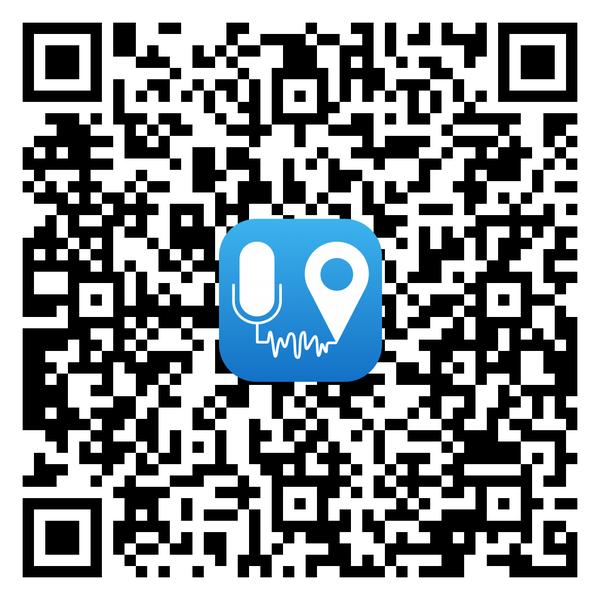Crowd Mapping Geneva Canton's Soundscape

NoiseCapture shows the number of decibels in an audio recording. © Alain Herzog/EPFL
EPFL is asking Android users who visit or live in Geneva Canton to record the sounds around them with a special app. The data will be used to create a sound map, which will provide researchers with information on the quality of life there.
“We are trying to collect as many sound recordings made all over Geneva Canton as possible – both pleasant and unpleasant sounds. Even nature sounds are useful, as they will help us learn more about the canton's biodiversity,” said Stéphane Joost, a geographer at EPFL’s Laboratory of Geographic Information Systems (LASIG). Thanks to a new app called NoiseCapture, the general public can help map Geneva Canton’s soundscape. Users just need to be in Geneva Canton to make the recordings using an Android smartphone.
NoiseCapture came out of a European open-data research project called ENERGIC OD. The app parameters were developed by Lab-STICC – a multi-disciplinary research lab that is part of the French National Center for Scientific Research (CNRS) and based in Vannes (Brittany) – and acoustic specialists at the French Institute of Science and Technology for Transport, Development and Networks (IFSTTAR). The app is just one component of a larger project called NoisePlanet, which offers a number of open-source noise-measurement tools.
At EPFL, Stéphane Joost is responsible for analyzing the data, which are displayed on a map. “The Swiss government already has a sound map of Switzerland called SonBASE. What's different about NoiseCapture is that it lets people describe sounds using key words.”
How does it work?
When the app is installed, it calibrates the microphone so that recordings from all smartphones are comparable regardless of the brand. The app's recording function geolocates the sound and logs the number of decibels, frequencies, date and time of the recording. Users can also take a picture of the location, evaluate the sound’s ‘pleasantness’ and add a comment.
Descriptive categories let users provide further details on the recording, such as whether it's a mechanical sound, like traffic or construction, or a natural one, like birds or a stream. The minimum suggested recording time is 20 seconds.
Tutorial
One spot, several contributors
“We’ll use an artificial-intelligence based algorithm to crunch the data. The more data people send in from all over Geneva Canton, the more accurate and meaningful the sound map will be,” said Joost. In the best-case scenario, several contributors submit data on the same spot. To encourage this, the app’s designers hold NoiseCapture parties where people make simultaneous recordings on a certain street or in a given neighborhood.
Teaming up with the Geneva University Hospital
The physiological effects of noise on the human body are numerous and well documented. They include heart problems, stress, insomnia and hearing damage. In November 2016, the Federal Statistical Office (FSO) reported that Geneva was the noisiest city in Switzerland, followed by Basel and Lausanne. EPFL’s LASIG has been working for many years with the Unit of Population Epidemiology, led by Idris Guessous, at the Geneva University Hospital. NoiseCapture is among their joint projects. “We analyze the spatial distribution of health-related data on people participating in the Bus Santé study,” said Joost. “We are looking for links between this data and environmental factors, including the soundscape. The more we know about various disorders in specific areas of Geneva Canton, the better equipped we will be to address them.”
Another of LASIG's projects, Urbangene, studies how urbanization affects biodiversity. This project is jointly funded by Greater Geneva, Geneva Canton and the Gelbert Foundation. Researchers working on this project will also be able to use data produced by the sound-map project.

NoiseCapture is an Android-app for now. The designers are seeking funding to develop an iPhone version.